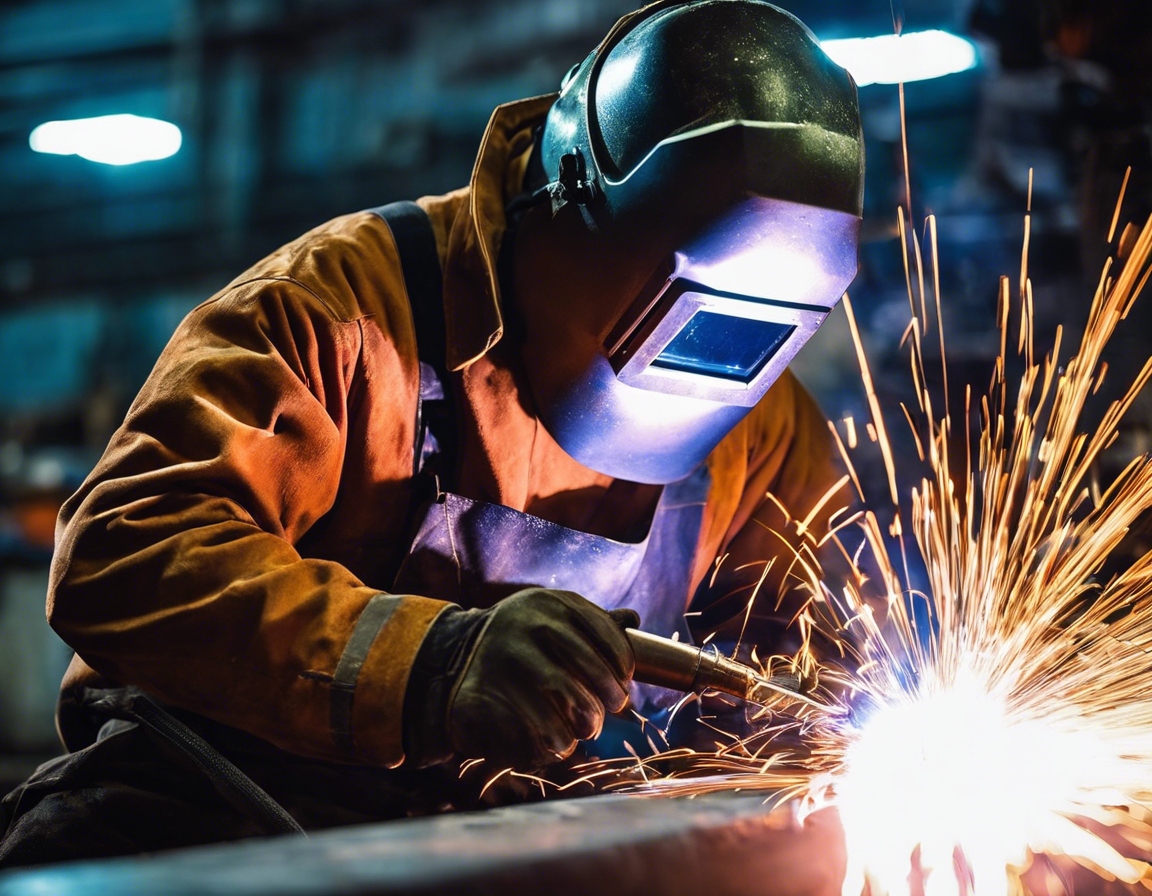Heat resistant fabrics: your first line of defense
Heat resistant fabrics are materials designed to withstand high temperatures and thermal exposure while maintaining their integrity and functionality. These fabrics are crucial in environments where heat hazards are prevalent, providing a barrier against burns, melting, and other forms of heat damage.
From professional welders to construction companies, and industrial manufacturers, heat resistant fabrics are integral to ensuring safety and efficiency. They are also essential for DIY enthusiasts who engage in projects that involve high temperatures.
Types of Heat Resistant Fabrics
Aramid fibers, such as Kevlar and Nomex, are renowned for their heat-resistant properties and are commonly used in firefighting gear and aerospace applications.
Carbon fibers are known for their exceptional strength and heat resistance, making them suitable for high-performance applications that require durability under extreme conditions.
Aluminized fabrics reflect radiant heat and protect against molten metal splashes, often used in foundries and welding environments.
Coated fabrics, such as silicone or PTFE-coated materials, provide a heat-resistant surface that is also resistant to chemicals and abrasion.
Properties of Heat Resistant Fabrics
These fabrics are engineered to resist ignition, melting, and degradation at high temperatures, ensuring the wearer's protection.
Heat resistant fabrics are designed to withstand wear and tear in harsh environments, maintaining their protective qualities over time.
Despite their durability, these fabrics are often flexible and comfortable to wear, allowing for ease of movement during tasks.
Choosing the Right Heat Resistant Fabric
It is essential to consider the specific heat hazards present in the work environment to select the appropriate fabric.
Knowing the temperature ranges and types of exposure the fabric can withstand is crucial for making an informed decision.
Ensuring that the chosen fabric meets relevant safety standards is vital for legal compliance and worker protection.
Maintenance and Care for Heat Resistant Fabrics
Proper cleaning and storage are necessary to maintain the fabric's protective qualities and extend its lifespan.
Regular inspection and timely replacement of heat resistant fabrics are important to ensure ongoing protection.






Comments (0)